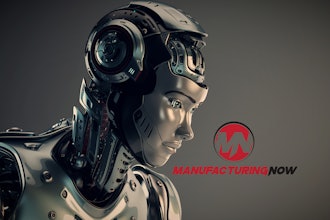Lotus EV Hypercar Goes 0-62 in <3 Seconds
This week, UK-based Lotus introduced the Evija, the world's first all-electric British hypercar. The powerful car will top out at more than 200 mph and go from 0-62 in less than three seconds, as well as 0-186 in less than 9 seconds.
The stunning design also comes with a stunning price tag. After all, it's a hypercar, and the company is only making 130 of them starting, but it is going to cost you $2.1 million to add it to your collection. The deposit alone is $310,750.00.
Production is scheduled to begin in 2020.
The electric car will weighs about 3,703.766 lbs and will have a driving range of 250 miles with a charge time of only 18 minutes.
According to the company's target specs, it will be the most powerful production car in the world at 2,000 PS (metric horsepower).
The car will be designed, engineered and hand-built in Hethel, UK, where Lotus has been making cars since 1966
According to the company, Evija means "the first in existence" or "the living one."
Portable Device Improves Cancer Treatment
Researchers at Rutgers have created a device that uses artificial intelligence and biosensors to determine if chemotherapy is working in cancer patients.
In a new study in the journal Microsystems & Nanoengineering, the researchers say that the small device has been 95.9% accurate in counting live cancer cells.
Current devices use a cell staining method that takes time and limits the amount of further analysis. This portable device provides immediate results and doesn't ruin the sample.
The device takes a small sample of fluid from the patient. The fluid and tumor cells pass through gold electrodes in a tiny fluidic hole. The electrodes send a signal to a computer which uses machine learning to predict the cell's viability. If it t sees dead tumor cells, the therapy is working; if they are alive, the treatment is not working and at that point the doctors could build a new treatment plan.
According to the researchers, the device will not only enable more personalized medicine, but is will improve disease management and detection. The relative low-cost design could help lower the financial strain of the terrifically expensive process.
Next, the team plans to test the devices using tumor samples from live patients.
Musk’s Neuralink Created a Sewing Machine for Brain Implants
In March 2017, we learned of Elon Musk's new venture, Neuralink, which was focused on linking brains to computers. The idea was that such a man/machine hybrid will be necessary for humans to keep up with artificial intelligence and could also be used to treat neural disorders.
This week, we not only found out a little bit about how the brain-computer interface works, but we also learned about robot that has implanted electrodes into 19 animals, mostly rats and at least one monkey.
The team, which now has around 100 employees, developed a robot that works like a sewing machine. Instead of needles, thread and fabric, the machine drills four 8-millimeter holes in your skull and stitches metal threads, or electrodes, into the brain. The threads are 75% smaller than a human hair and connected to a device that would be implanted behind the ear in humans. The device will collect and transmit the neuronal data, and a neurosurgeon oversees the implantation procedure.
In one test, a monkey controlled a computer with its brain, and in another test a computer recorded a rat's thoughts. Neuralink has been implanted in animals with an 87% success rate, but the data has thus far been unusable.
The researchers hope that Neuralink could one day be an elective procedure, like Lasik.
The company is now seeking FDA approval to start human testing, and hopes to test on five patients within a year.
This it Engineering By Design.






















